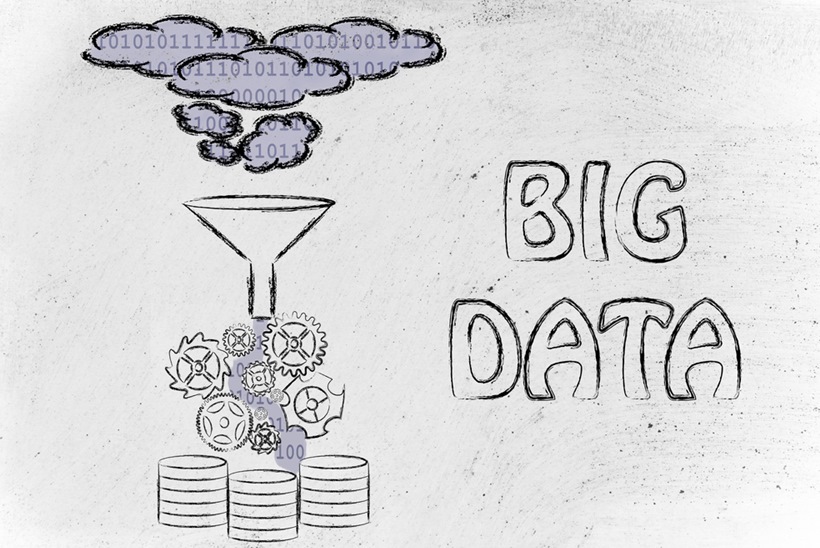These databases are the highest performance and easiest to implement because of their easy structure and they appear as the more suitable when the data access is based on keys.
The most popular key-valued database are Redis, Voldemort, Tokyo and Amazon Dynamo.
Amazon uses Dynamo for the “cart” management.
Column Family Stores
This databases family storages all the search data on column and are designed to manage large quantity of data allocate over multiple servers.
The most famous column family is
Cassandra, initially developed in Facebook became part of Apache Software Foundation project.
This is a typical column structure:
.jpg)
The most popular and common used column family database are Cassandra, HBase and Riak.
Big Data powered by Google is part of column family but is for Google usage only.
Column Family Stores databases are used on:
Google Earth, Maps
The New York Times
eBay
Twitter
Facebook (inbox mail only).
Document Databases
Document Databases manage data in a documental semi-structured way.
In these databases each data record can be different. The application (and not the database) must detect the complex structure of the data.
The data can be obtained in JSON format and can contain document below.
This kind of database is suggested for different data type storage or for applications objects storage; moreover they provide some high fidelity functions: Sharding Indexing, geo-space data storage etc.
.jpg) The most used Document Databases are MongoDB and CouchDB.
The most used Document Databases are MongoDB and CouchDB.
Document Databases are used on:
LinkedIn
Dropbox Mailbox
Craigslist
The New York Times (photo manage)
eBay
Leroy Merlin Italia
Graph Databases
A Graph Database uses nodes and arcs to store information.
They are used for manage relations between different objects.
.jpg)
Examples of
Graph Databases are Neo4j, Infinite Graph and InfoGrid.
Graph databases are used on Social Network.
Conclusions
We discovered that everybody can use a Big Data; there are Open Source tools usable on dedicated server and on virtual server. Stay tuned because we’re going to explain MongoDb installation and test it.

.jpg)
.jpg)
.jpg)
.jpg)